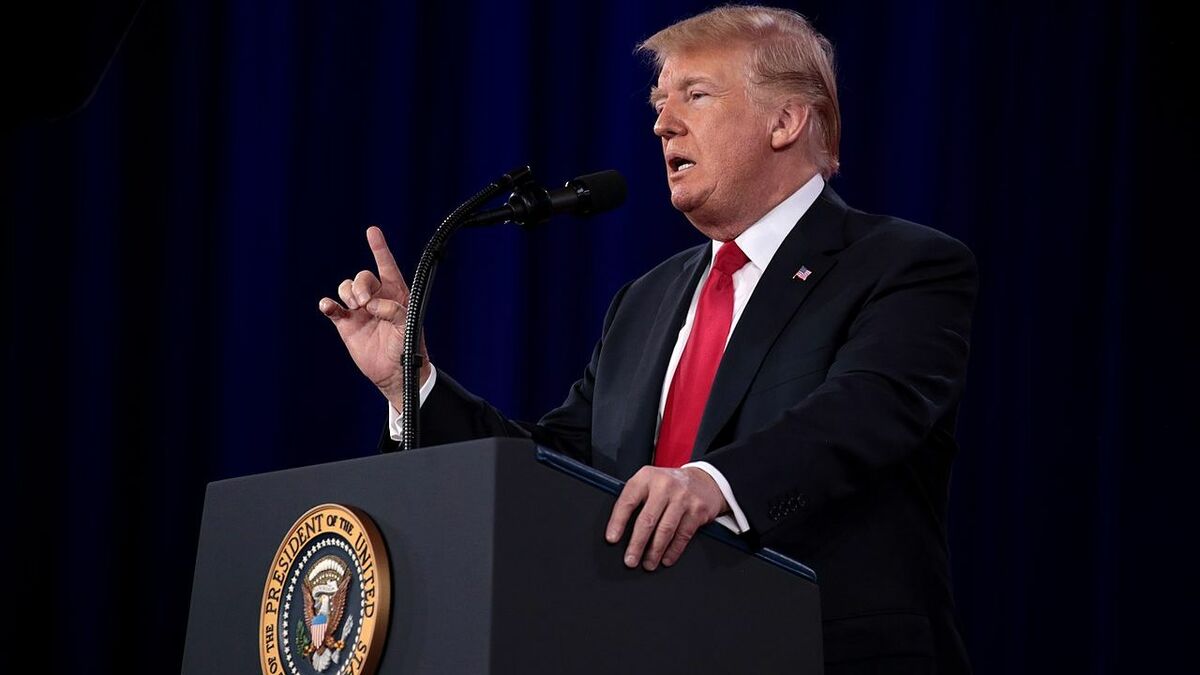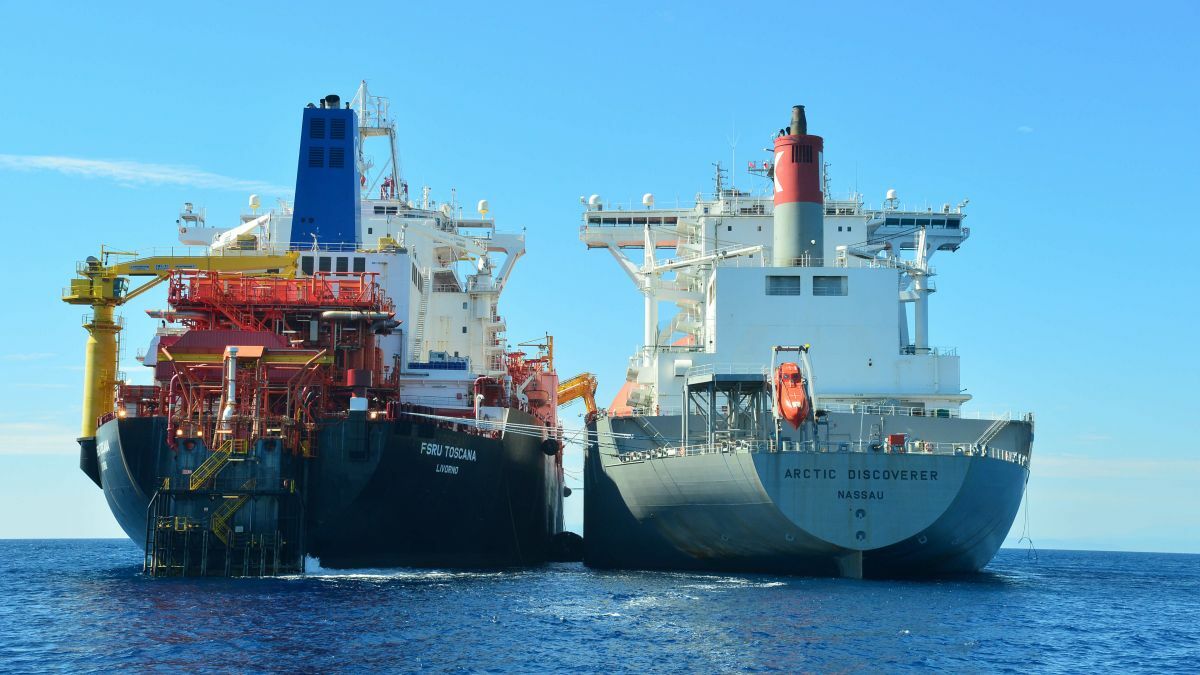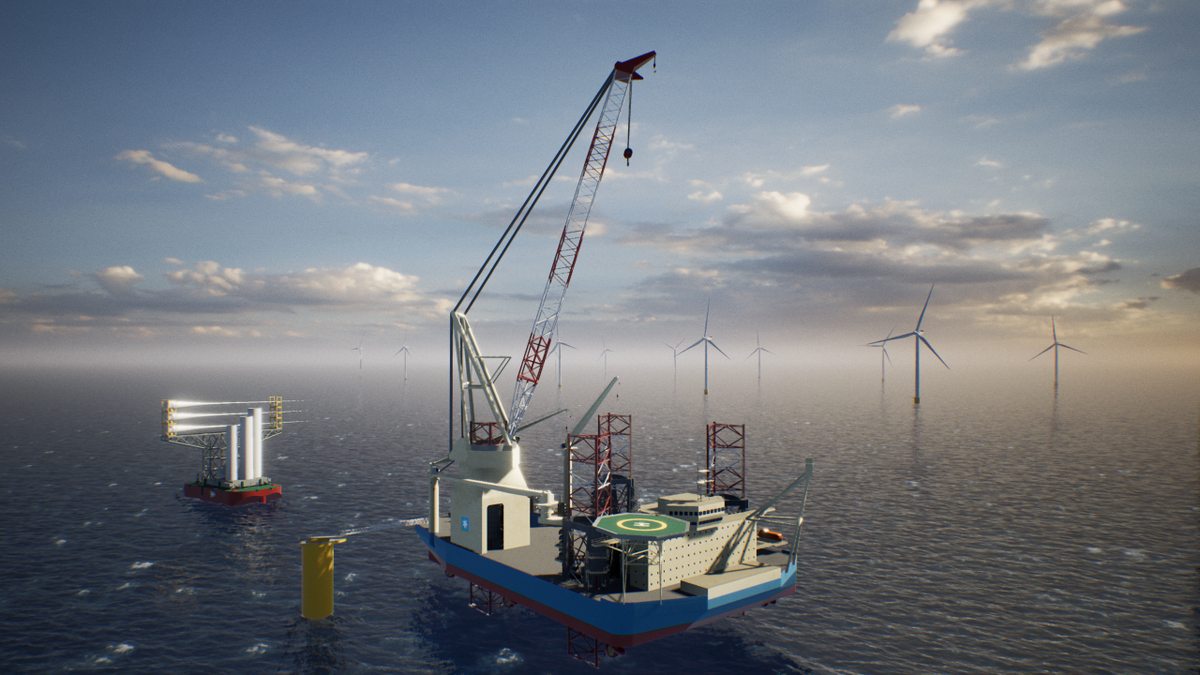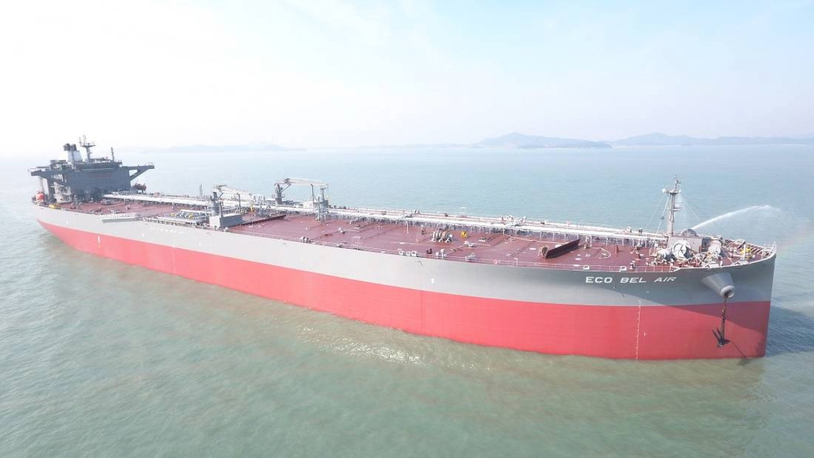Business Sectors
Contents
Register to read more articles.
Brazil’s dry bulk trade set to be disrupted by latest US tariffs
The Brazilian dry bulk trade, particularly steel shipments on Ultramax vessels, is among the most exposed to the latest wave of tariffs imposed by US President Donald Trump
President Trump has announced a 25% tariff on all steel and aluminum imports, with Reuters reporting the measures will take effect on 4 March. This marks the latest round of trade restrictions following previous tariffs targeting Chinese imports.
European Commission President Ursula von der Leyen responded on 11 February, stating the EU will implement countermeasures against the new US trade policy.
Lessons from the past
Reflecting on past experiences, Howe Robinson Partners head of dry bulk research Bilal Muftuoglu told Riviera that when President Trump last introduced global steel tariffs, Canada, Mexico, Argentina, Australia, Brazil and South Korea initially received exemptions. However, only South Korea and Australia retained them long-term.
Between 2017 and 2020, US steel imports fell from 35M tonnes to a multi-year low of 20M tonnes. The steepest declines were observed in imports from Brazil, South Korea, Japan, China and Turkey.
Impact on Brazilian trade
From 2021 to 2024, US steel imports stabilised at around 27M tonnes per year, with 2024 recording a volume of 27M tonnes.
According to Howe Robinson data, Canada remains the largest steel supplier to the US, exporting 6M tonnes in 2024, followed by Brazil with 4M tonnes. Vietnam has also expanded its market presence, more than doubling its exports to the US to 1.3M tonnes in 2024 compared with the previous year.
Mr Muftuoglu highlighted approximately 20% of US steel imports are containerised, while in the dry bulk market, Supramax/Ultramax vessels handle the majority of shipments.
“From a dry bulk perspective, Brazil is arguably the most exposed to tariffs,” he noted. Around 75% of Brazilian steel exports to the US are transported on Supramax/Ultramax vessels. The US remains the primary destination for Brazil’s steel exports, significantly ahead of Argentina, Canada and Mexico.
Aluminum tariffs
Regarding aluminum, Mr Muftuoglu pointed out during President Trump’s first term, US imports declined from 7M tonnes in 2017 to 5M tonnes in 2020, a multi-year low. Since then, annual imports have averaged around 6M tonnes, with 2024 recording almost 6M tonnes.
Notably, the US is the world’s largest aluminum importer. However, past trends indicate when US imports declined in 2020, excess cargo was redirected to China and South Korea, contributing to an overall growth in global aluminum trade. During that period, US imports from the UAE, China and Australia suffered the most, while Russian imports later decreased following the onset of hostilities in Ukraine.
Mr Muftuoglu explained US dry bulk aluminum imports are primarily transported on Handysize vessels, with some UAE shipments carried on Supramaxes.
“However, nearly 60% of US aluminum imports are containerised, so the tariff impact on dry bulk shipping shouldn’t be as significant as it is for steel,” he added.
Sign up for Riviera’s series of technical and operational webinars and conferences:
- Register to attend by visiting our events page.
- Watch recordings from all of our webinars in the webinar library.
Related to this Story
Events
LNG Shipping & Terminals Conference 2025
Vessel Optimisation Webinar Week
Marine Coatings Webinar Week
© 2024 Riviera Maritime Media Ltd.














